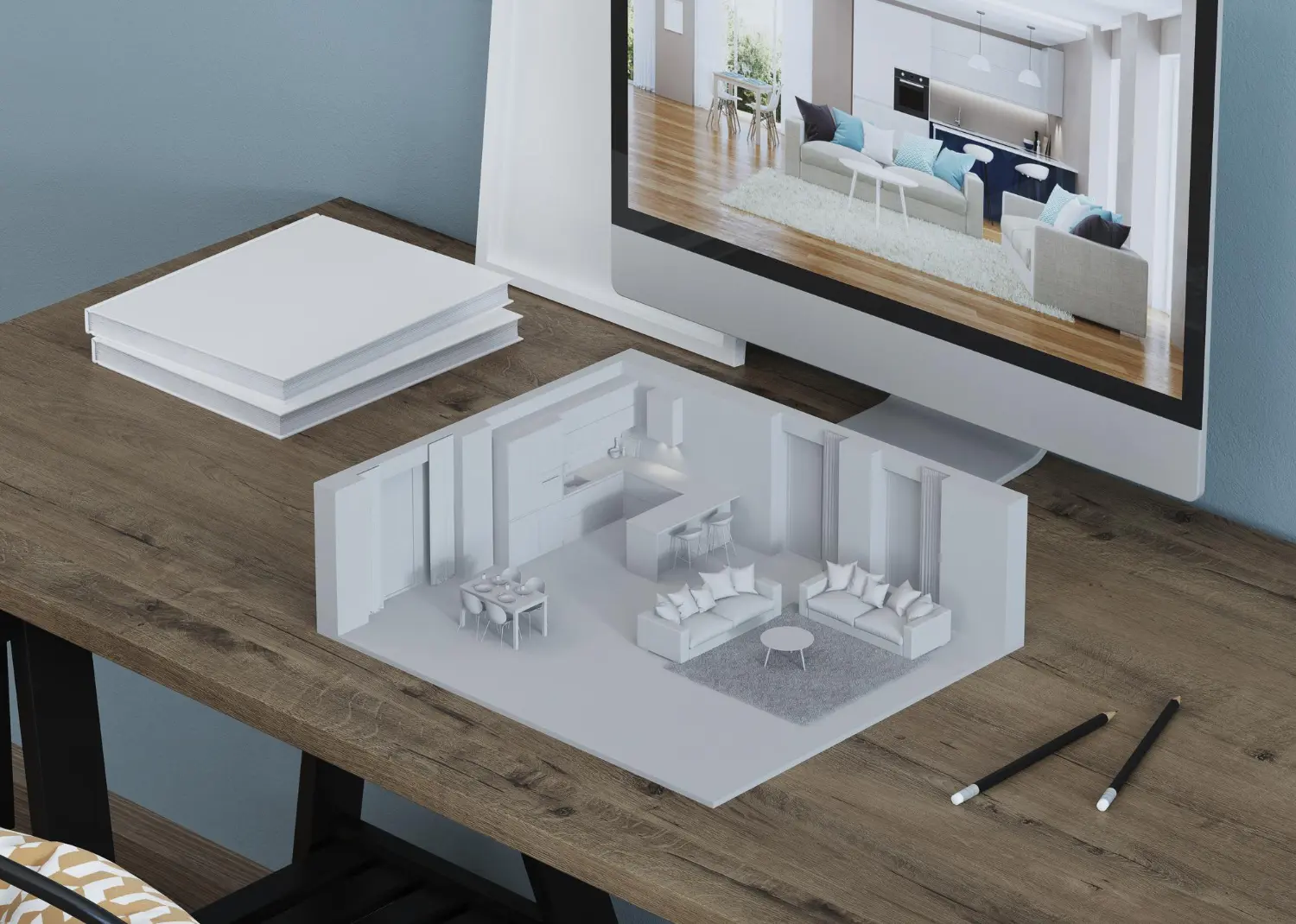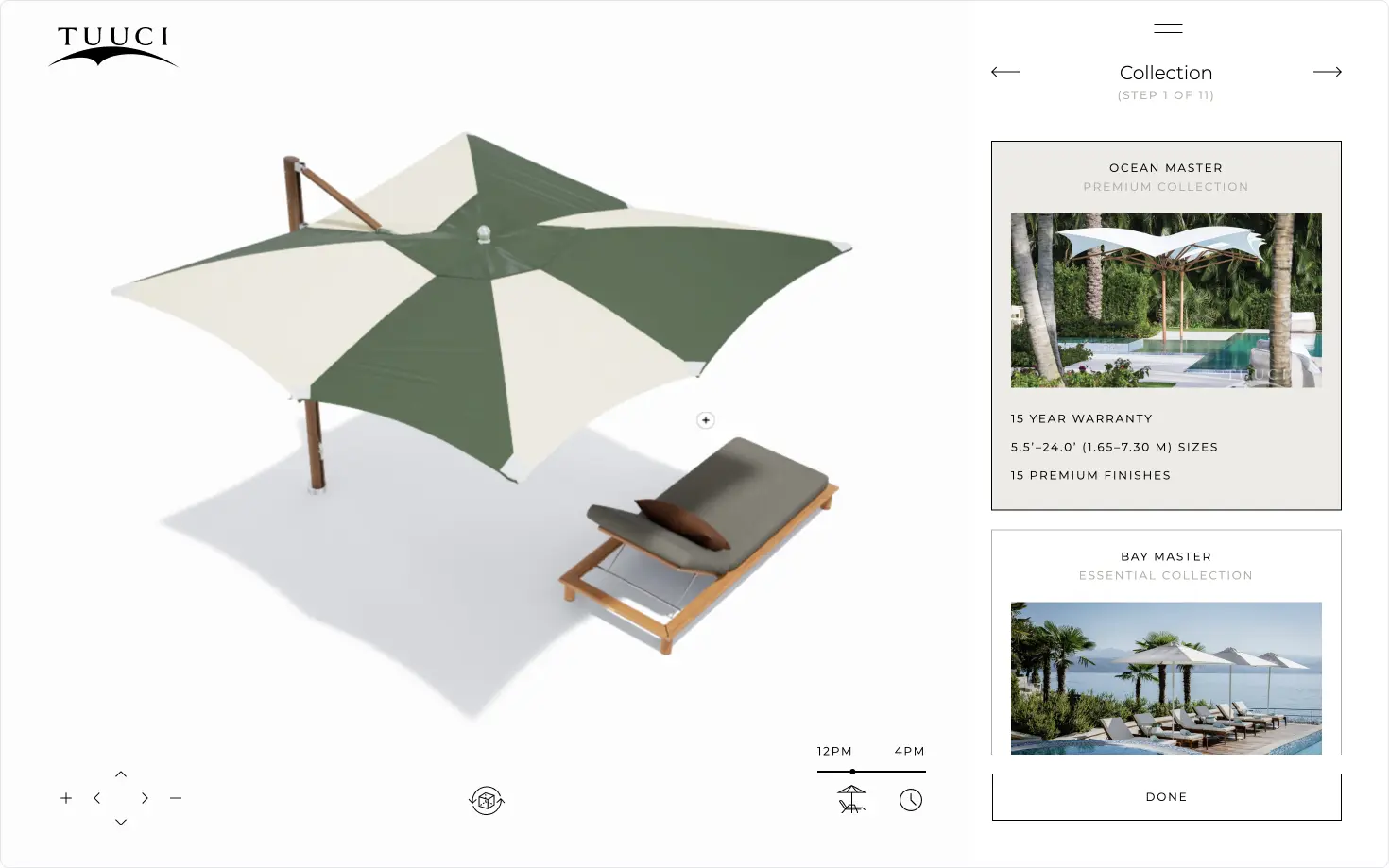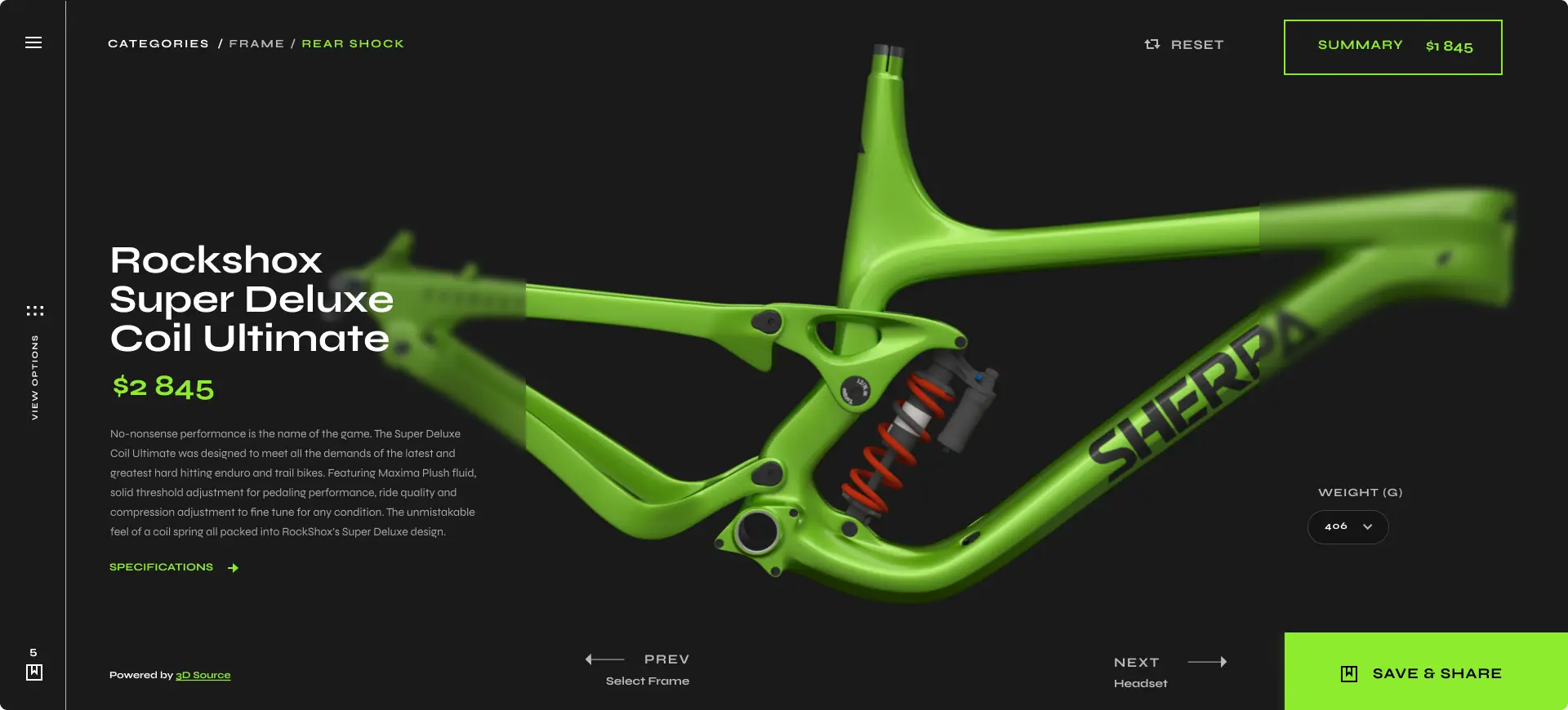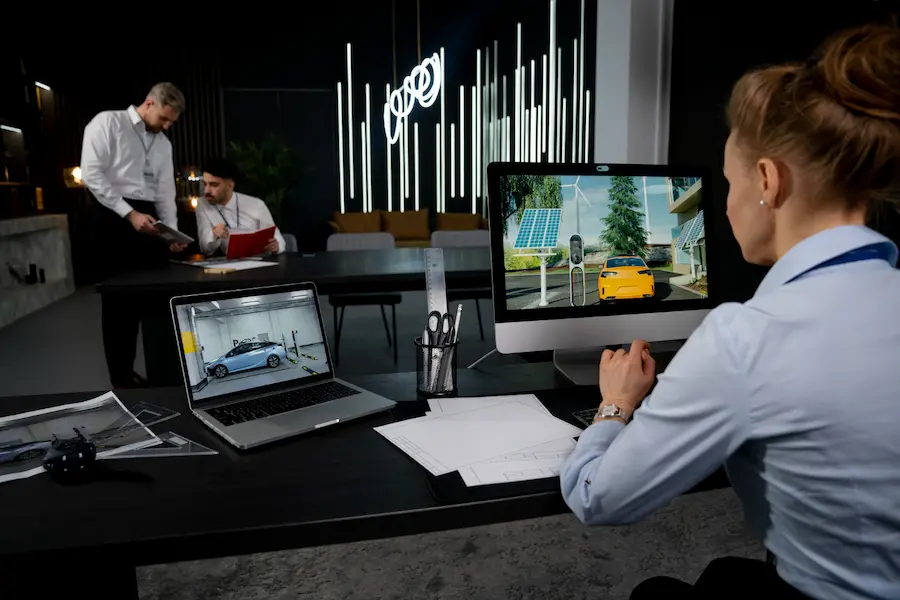Customer expectations are evolving rapidly. Online retail has grown into a major player, with customers now looking for more interactive and engaging experiences. One of the tools that has taken the eCommerce world by storm is 360 imaging. These images allow users to view products from every angle, giving them a virtual experience comparable to that of holding the product in their hands. According to a report by Statista, an estimated 16.5% of goods sold in the US in 2022 were returned. The use of 360 product views can help customers understand the products they are purchasing better, thus cutting down on returns.
Key takeaways
-
360 images for eCommerce let customers view products from all angles, which give customers a better shopping experience.
-
These views increase customer confidence, leading to higher conversion rates.
-
Interactive product viewers help reduce return rates by showing detailed product information.
-
Using 360 product views can set a business apart from competitors.
-
360 images are part of a growing trend of visual commerce, making the online shopping experience more immersive.
What is a 360 product view?
A 360 product view is an interactive image that lets customers explore a product from all sides. Unlike a standard image, which shows just one angle, a 360 product viewer combines several photos taken from different angles to create a complete view. Customers can turn the product using their mouse, zoom in and out to see its finer details, all to get a better understanding of what they are buying. This immersive experience can replicate the feeling of inspecting a product in a physical store.

Benefits of 360 product views for eCommerce
Adding 360 product views to your eCommerce store offers several key advantages that can significantly improve customer experience and business outcomes:
-
Enhanced customer trust: Customers feel more confident when they can explore a product from every angle. This detailed view reassures them about the quality and features. It leads to more informed decisions and fewer doubts about the purchase.
-
Reduced return rates: 360 views help customers fully understand a product before buying, reducing customer doubt. This results in fewer surprises when the product arrives, lowering return rates. By setting clear expectations, businesses save on return costs.
-
Improved engagement: Interactive 360 images keep customers on product pages longer, increasing engagement. The more time they spend exploring the product and its features, the more likely they are to buy. This deeper interaction boosts conversion rates.
-
Competitive advantage: Offering 360-degree views sets you apart from competitors using static images. It provides a more immersive experience that customers value. This differentiation can give you a serious edge in a competitive market, especially when competitors have more antiquated product visualization methods.
-
Better visual commerce strategy: 360 images are an important part of modern visual commerce. They offer a richer shopping experience by giving customers a more detailed look at products. This helps products stand out and attract more buyers.

What is the difference between 3D and 360 product views?
The terms 360 product views and 3D product views are often used interchangeably, but they offer different experiences to consumers. A 360 product view provides a full rotation of a product along a single axis, allowing customers to spin the item and see it from every side. In contrast, a 3D product view is more advanced and lets users explore the product from multiple axes. With 3D, customers can rotate the product not only horizontally but also vertically, giving a more complete, all-around perspective.
Both 360 and 3D product views enhance the online shopping experience, but 3D views provide a deeper level of interaction. While 360 views are easier to implement and work well for many products, 3D views are ideal for complex items where customers need to see every detail.
Latest eCommerce trends
E-commerce is evolving rapidly, and staying on top of the latest trends is essential for online retailers. Here are a few key trends related to 360 product views.
Augmented reality (AR)
Augmented reality is becoming a common feature in eCommerce, allowing customers to interact with products in a more immersive way. When combined with 360 product views, Augmented reality enables users to place virtual products within their actual surroundings, like seeing how a chair would look in their living room. This interactive approach not only helps customers make better decisions but also builds confidence in their purchases, as they can see how products fit their personal space before committing to buy.
Mobile-first shopping
As mobile shopping continues to dominate the eCommerce space, optimizing the customer experience for smartphones is crucial. More consumers are browsing and buying through their mobile devices, and 360 product views need to be optimized for smaller screens to ensure smooth interactions. Mobile-friendly 360 images that load quickly and adjust well to touch interfaces keep users engaged, reduce bounce rates, and make it easier for customers to explore products on the go.
Personalization
Customers today expect a shopping experience that is uniquely tailored to their preferences and tastes. Combining 360 product views with personalization features allows businesses to offer customizable experiences, such as enabling customers to change product colors, materials, or configurations in real-time. This level of customization not only meets the growing demand for individualized shopping but also deepens customer satisfaction, as they feel more connected to products designed to suit their specific needs.
Real-life examples of 3D product viewers
Understanding how a 3D product configurator works can sometimes be challenging. To give a clearer picture, here are two real-life projects developed by 3D Source for clients.
Umbrella design configurator

3D Source developed a 3D umbrella configurator that provides customers with highly realistic, interactive visualizations of their chosen beach umbrellas. This tool allows customers to customize multiple features, such as selecting the mast type, fabric type and color, and canopy attachments. With this configurator, users can experiment with various designs to ensure the final look matches their preferences and fits within their existing pool layout. It offers a commitment-free way to visualize and tweak their potential purchases from all angles, leading to better design decisions.
Bicycle configurator

Following the success of the bathroom configurator, 3D Source developed a bicycle configurator that enables users to design their dream bike. Customers can personalize every aspect of the bike, from the model and exterior color to handlebars and gear types. Users can even change the background of the rendering to suit their preferences. This configurator provides a real-time preview of each customization, giving users a detailed and immersive experience, and helping them visualize and make confident decisions before making a purchase.
How to choose the right 360 product image viewer for your store
Choosing the right 360 product viewer depends on your specific needs. Here are some factors to consider:
-
Integration: Make sure the viewer integrates smoothly with your eCommerce platform, whether it’s Shopify, WooCommerce, or Magento. A viewer without good integration with your ecosystem is completely useless.
-
Customization: Some product viewers offer features like hotspots or zoom, allowing you to customize the experience for your customers. Ask the sales team what the capabilities of their 360 product viewer are.
-
Cost: Pricing can vary widely, so choose a solution that fits your budget. Free options may lack features, while premium tools offer more advanced capabilities.
-
Mobile compatibility: Your 360 viewer should work seamlessly on both desktop and mobile devices.
-
Support: Choose a viewer with good customer support and regular updates to ensure it remains functional as technology evolves.
Conclusion
360 product views are a powerful tool for eCommerce businesses looking to enhance the online shopping experience. By providing customers with a complete view of a product, they help build trust, reduce return rates, and boost sales. As the trend towards visual commerce continues, integrating 360 images for eCommerce and augmented reality can set your store apart from the competition. If you want to improve how customers interact with your products, consider partnering with 3D Source to bring your products to life with immersive 360 views and AR features.







